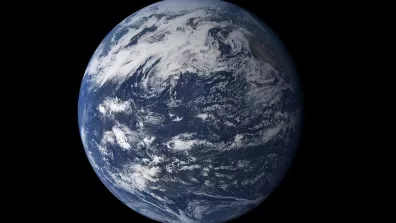CNES was founded by President Charles de Gaulle in 1961 with the goal of making France an independent space power in the context of the Cold War.
This mandate was accomplished in 1965 with the successful flight of the Diamant launcher, making France the third world space power after the United States and Soviet Union.
This flight would mark the start of a long series of successes, among them Europe’s Ariane programme, and countless space exploration, Earth-observation and telecommunications satellites and space missions.
CNES is today renowned worldwide for its expertise and contributing to major scientific partnerships.
Early years
- 19 December 1961: inception of CNES
- 1965: inception of the Guiana Space Centre
- 26 November 1965: the first French Diamant launcher orbits the first French Asterix satellite from Hammaguir launch base in Algeria
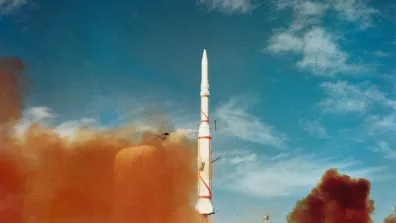
- 1968: inception of the Toulouse Space Centre
- 1973: Ariane programme gets underway
- 1975: inception of the European Space Agency (ESA), to which CNES is the leading contributor
- 24 December 1979: maiden flight of the Ariane 1 launcher marks the start of a long story
- 24 June 1982: Jean-Loup Chrétien becomes the first French astronaut in space
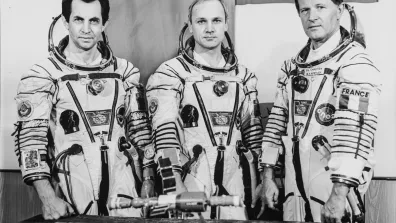
Flagship space missions
- 1978: Argos, an ally of the environment and biodiversity. Giant jellyfish, golden eagles and elephant seals are just some of the species tracked during their migration by Argos transmitters to study the impacts of climate change.
- 1982: Cospas-Sarsat, satellites saving lives. Yacht skippers, aviators and mountaineers rely on their Cospas-Sarsat distress beacons to find them in an emergency, pinpoint their position and alert rescue services.
- 1986: SPOT, seeing Earth from space. SPOT-1 was the first high-resolution civil Earth-imaging satellite. Several generations would follow, mapping forests and monitoring natural disasters. Today succeeded by Pleiades.
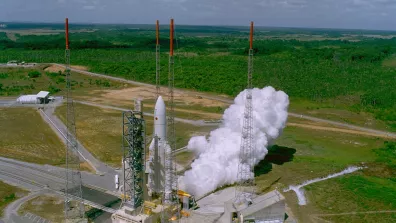
- 1995: Helios, the military’s eye in the sky. France’s first military observation satellite delivered images from anywhere in the world to our armed forces, guaranteeing independent strategic decision-making.
- 2001: Jason, the ocean surveyor. This family of satellites measures key data like sea level, wave height and wind speed for ocean weather forecasting and to study climate change.
- 2006: CoRoT, in search of stars and exoplanets. This space telescope made a major contribution to science, identifying 34 planets outside the solar system.
- 2008: ATV, an ISS resupply spacecraft. Five European ATVs ferried cargo to the International Space Station (ISS) from 2008 to 2015. The spacecraft controlled from CNES could dock with the station with millimetre accuracy and carry up to 8 tonnes of freight.
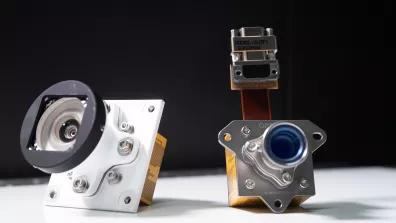
- 2012: Curiosity, discovering Mars. The Curiosity rover attempts to unlock the red planet’s secrets using instruments developed by CNES. A few years later, the InSight lander (2018) and Perseverance rover (2020) would take over this task, also operating CNES instruments.
- 2013: Gaia, cataloguing the stars in our galaxy. Gaia’s mission is to map more than one billion stars in the Milky Way in 3D. The space telescope’s unequalled precision takes astronomy into the realm of big data.
- 2014: Philae, rendezvous with a comet. Ten years after departing Earth, riding on Rosetta the Philae lander was set down on comet Chury on an ambitious mission to analyse it from all angles and understand how our solar system formed.
- 2016: Galileo, Europe’s very own GPS. Thanks to its constellation of 30 satellites, Galileo enables precise positioning accurate to one metre anywhere on the globe, even better than GPS! Today, three billion smartphones are Galileo-enabled.
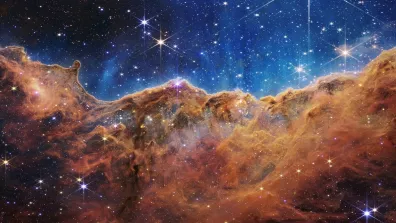
- 2021: James Webb, shedding new light on the universe. The James Webb Space Telescope (JWST or simply Webb), carrying French instruments and launched by Ariane 5, has already obtained some spectacular pictures, including the most distant image ever captured of the early universe, nascent or dying stars in exquisite detail, interacting galaxies and the sphere of influence of a supermassive black hole.
- 2024: Ariane 6, the new generation of European launchers. The launcher made its successful maiden flight on July 2024 and will continue to write a new chapter in the Ariane story—one of our agency’s very first programmes!

